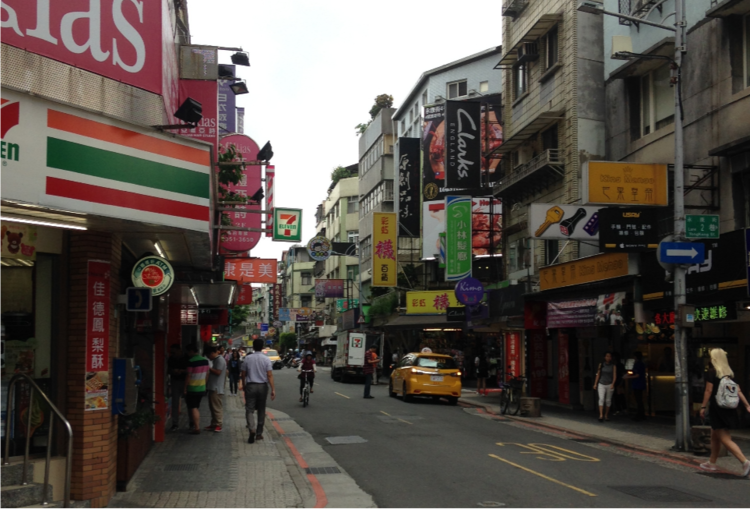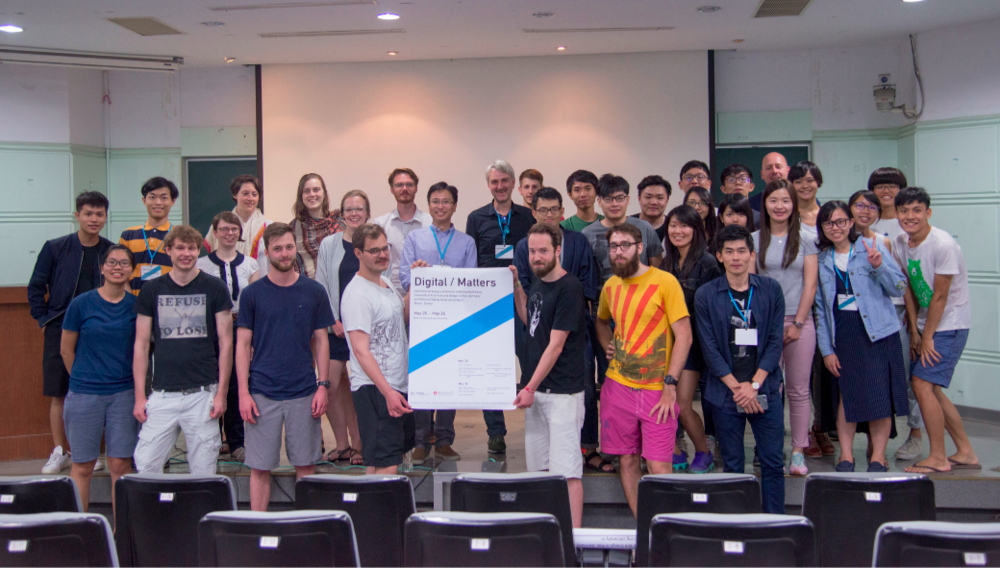About the project
How do you design future products that automated interact with people?
This project is about how to design products in the future that can automatically interact with people. This future-oriented project pursues exactly this question. For one of our customers, we have therefore developed a procedure for practically approaching the answer to this abstract question.
For reasons of confidentiality, I can only give a brief insight into the process here.
process
In a team of researchers, designers and product managers, we explored the question of the future of automated interaction. To approach the topic, we first researched scientific articles on the subject, and then conducted a current product analysis of existing products that work in this way. From this, three products came into closer focus, which we took a closer look in the real context of people at home. After an intensive analysis phase we were able to develop principles for the design of automated interactions within a product. To test these we developed scenarios and prototypes. These allowed us to verify our principles for the design of future automated interacting products. In the end, a library of interaction elements was created for further research.













































